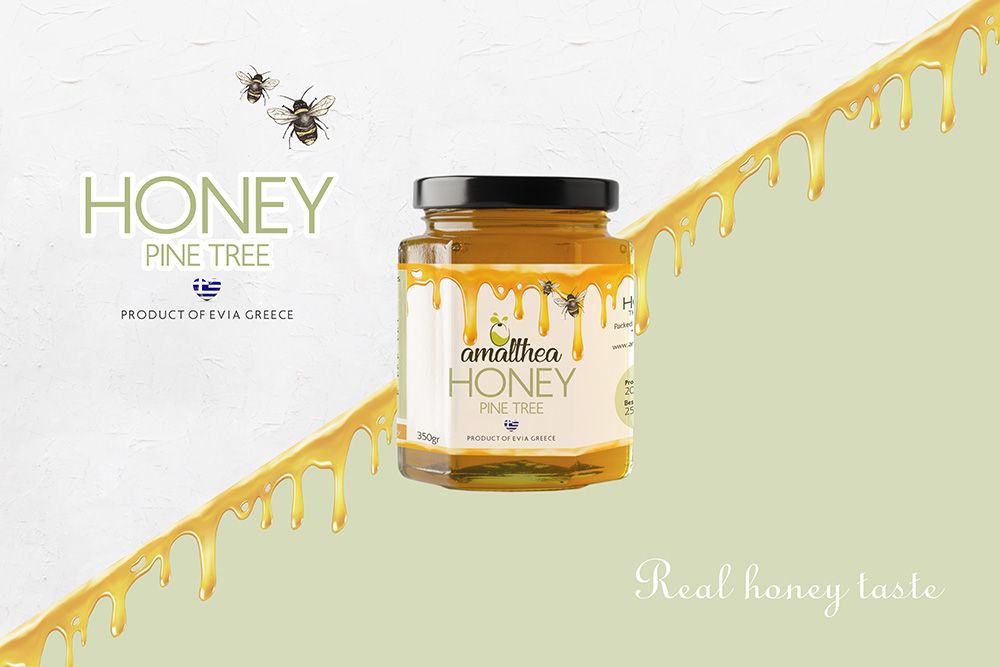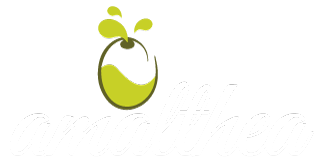Honey and people have a history extending back before tamed creatures, prepared products, or homesteads. The people to first experience honey more than 10,000 years back would have discovered it within a wild honey bee’s home and, for reasons unknown, chose to taste the sweet riches.
In a period when the natural product was they sweetest thing they had ever tasted, honey appeared like a disclosure from the divine beings. In the most punctual hundreds of years, about each culture had a myth clarifying the undying sweetness of honey.
For a great many years, the primary idiot proof strategy for social affair honey was to locate a wild hive – the areas of which furiously protected. The central “trained” colony likely follows back to the Egyptians. The most punctual apiarists made hives from old logs or tree trunks to mirror the homes of wild swarms.






